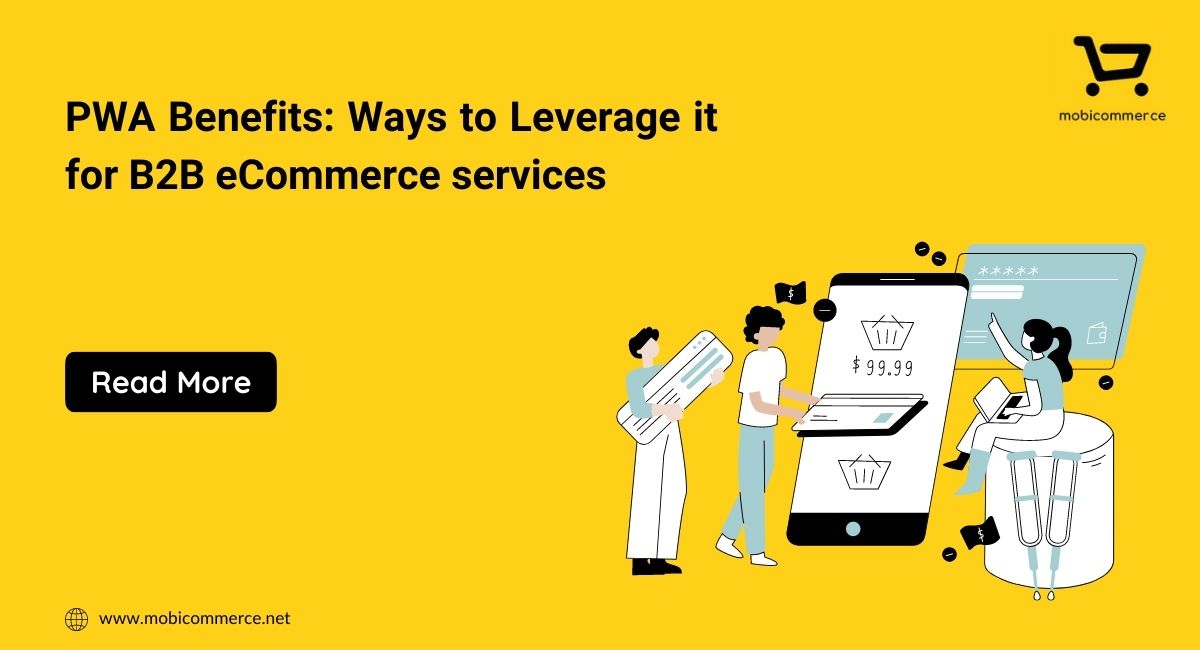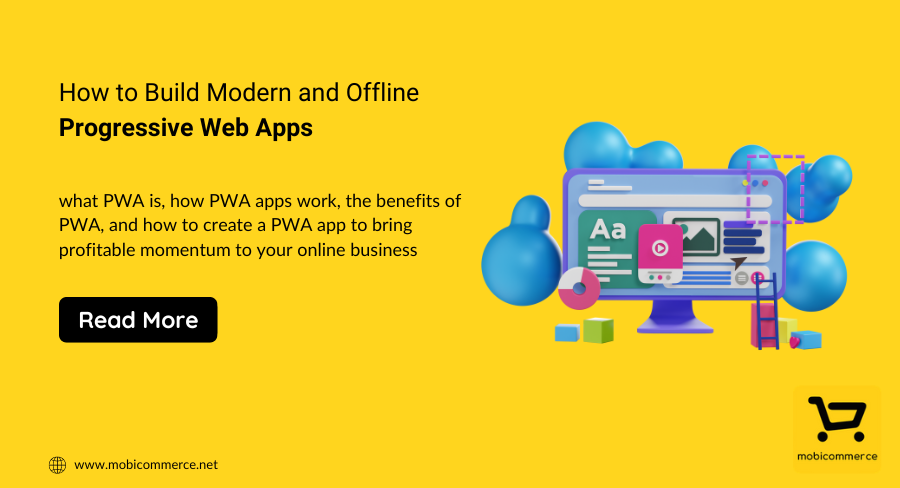
Tap yourself on the back if you are planning to start/expand your eCommerce business in the Middle East because the time is ripe and you can reap sweet profits out of it.
eCommerce in the Middle East is slowly flourishing like a creeper. Inspired by the eCommerce hubs like the United States or European markets, the Middle East and North Africa (MENA) has started to embrace eCommerce and the growth is clearly visible from the stats.
Back in 2016, where about 90% of online purchases were made from foreign businesses, today, the e-commerce in the Gulf States alone is estimated at around $20 billion and may reach $48.8 billion in 2021. eCommerce is opening the doors of opportunity to countless entrepreneurs who are now into selling everything from shoes and clothing to mobile phones and home appliances in MENA.
Also read: The adaptation and evolution of e-commerce in the Middle East during the COVID-19 period
The Middle East has one of the youngest populations in the world and it is the youth who make the most of the online shoppers. With almost all major countries in the Middle East – Egypt, Iraq, Lebanon, Morocco, Oman, Tunisia, Jordan, Algeria, and Saudi Arabia, having more than 28% of the population aged between 15 and 29, eCommerce has the benefit of high spending youth consumers due to high per capita income as and smartphone usage.
Apart from high internet and social media penetration, another favourable thing that makes the Middle East eligible for eCommerce is the support of the government who is putting every effort to make the Emirate more attractive for e-commerce companies. In fact, the government have started many initiatives like CommerCity, located right next to the Dubai airport, which is a $735 million project that’s dedicated to eCommerce, and Dubai Internet City, which is aiming for expansion. In short, when the government and citizens are welcoming the online businesses, eCommerce in the Middle East is the step you must take without any further ado.
When it comes to selling, you cannot just open up any business and expect it to be a success. Even if it’s an eCommerce you are starting, it should be done keeping a few factors in mind like what products or services you want to offer to consumers? What do the consumers need? Where all you want to serve? Will the demand for your products stay for a long time or will it be short-lived? Is the logistics available? Does the target audience have the potential to spend? As all such questions decide the future of an eCommerce store. Now, let’s take a look at what’s hot in eCommerce right now that have a good scope in the Middle East now.
Middle Eastern Gulf Countries fall under the top 34 wealthiest nations in the world with Qatar known to be the wealthiest country in the world having a GDP of $116,799 per person. Middle Eastern consumers love spending on luxury products. With the majority of the population be the youth and a significant number of women in the UAE who prefer to shop online, eCommerce business is bound to prosper in the Middle East.
Considering the consumer behaviour in the Middle East, the top e-commerce business ideas for 2020 are:
Although not quickly and effectively like foreign countries, MENA is slowly entering the third phase of digital adoption. With highest levels of the Internet, smartphone and social media penetrations, MENA consumers are getting ready for eCommerce. They have started searching for products and offers online and are taking high interest during key seasonal shopping events.
Over the past couple of years, the growth trajectory of eCommerce in MENA has seen a sudden surge which is going to keep gaining momentum due to people and the government of the Middle East encouraging eCommerce business whole-heartedly. Moreover, with the expansion of the middle class, the growing role of women in the workforce, improvements in logistics, and access to online products in Tier 2 and Tier 3 cities, the e-commerce market in the Middle East is expected to grow 3.5 times by 2022, achieving a total market size of $28.5 billion and a penetration rate of 7% of total retail sales without a doubt.
Wrapping up
Yes, eCommerce in MENA is still at the development stage, hence; there are a few challenges that can hinder your eCommerce growth but if taken care, there’s nothing to be worried about. For example, make sure you have secure payment gateway options as about 62% of MENA consumers still prefer cash on delivery fearing online fraud. Next is the long shipping and delivery times in the Middle East. To keep going, is it important to cooperate with local suppliers for fast and smooth logistics. Lastly, is the language localization, meaning, you need to have a clean and readable site in both Arabic and English languages to reach every corner of the Middle East.
In short, if you are eyeing the Middle East market for your eCommerce business, then don’t scratch your head any further, the time is right, the scope is good and when Mobicommerce – known to be the best eCommerce solution provider in the Middle East is there, just jump in, your eCommerce venture will rise and shine.

In order to improve user experience, businesses are increasingly turning to progressive web apps, which combine the best features of regular apps and websites. Ecommerce businesses which have created mobile-first PWAs have seen significantly faster page loading times, better conversion rates and improved engagement. On average, a website using PWA can increase speed performance by… Continue reading PWA benefits: Ways to Leverage it for B2B eCommerce services

If you have a grocery store and you are looking to take your business to the next level, then this is the right time to invest in grocery mobile apps. A report by Oberlo suggests that online grocery sales in the US are expected to reach $160.91 by 2023. Not only this, the revenue continues… Continue reading How to Build a No-Code Online Grocery App in 2023?

Most businesses create an app to establish their business in the digital world. But after some time, these businesses end up investing much more money by creating different versions and similar apps for different operating systems to stay relevant in the market. Later on, this choice of businesses becomes painful as they spend more money… Continue reading How to Build Modern and Offline Progressive Web Apps
Sign up for our newsletter and be the first to receive all the latest updates.
Request a callback from us by filling the form below.

Get your project estimate. Brainstorm business ideas. Book a demo. Get complete support and so much more!